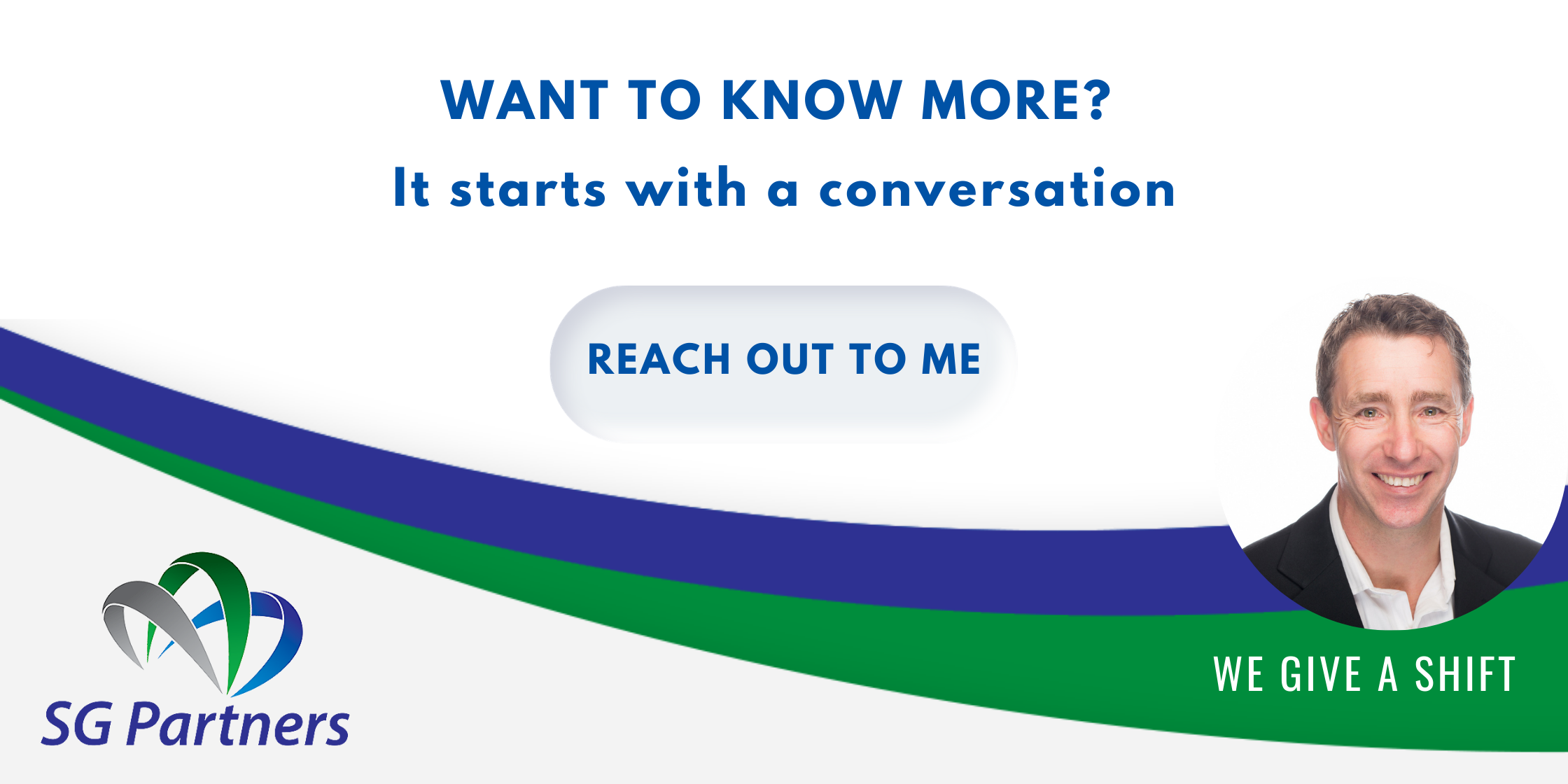Communication Barriers
/It’s not Sheep!
I’m sure you’ve had the experience when you are talking with someone and no matter how hard you tried, they didn’t understand what you were saying.
You rephrase, even speak louder and still a blank look or worse an argument that doesn’t make sense.
Ray Birdwhistell from the University of Pennsylvania suggested that words comprise only 7% of our communication.
This seems even more valid when the discussion becomes emotionally charged.
Let’s assume for a moment that this is true. What happens to the other 93%?
Most people communicate by choosing the words they use.
What people are not usually aware of is the impact of their words, and other unconscious factors have on the recipient’s mind.
If I were to say to you “The parrot bit Jane” to process this in your mind, you might have created a picture of a parrot biting Jane.
Maybe even the squawk of the parrot before the biting, and possibly Jane’s cry from the pain.
You might have experienced certain feelings yourself as you imagine the discomfort of the bite.
As you are a unique human being the internal processing of that experience is unique to you, no-one else will make the same pictures, sounds and feelings.
If you change just two of the words around ‘Jane bit the bird’ the internal representation or experience you have now is entirely different.
If just a few words make that much difference, now reconsider that words are only 7% of the communication. Does it now make sense why communication can so easily be misunderstood?
Often, we are pretty lazy. We usually just conclude:
“They are stupid. They are inflexible. They just don’t listen.”
It’s possible we are right, sometimes, but this kind of labelling won’t help you communicate. It stops your mind from looking for an alternate way of getting your meaning across.
The key is to change the way you approach communication.
Accept that everyone is unique and that this is a great thing. It’s your responsibility to find out how a person experiences the world and then communicate with them accordingly.
There are many ways to do that we talk about in our training and coaching programs. Learn more on how we can help here.




